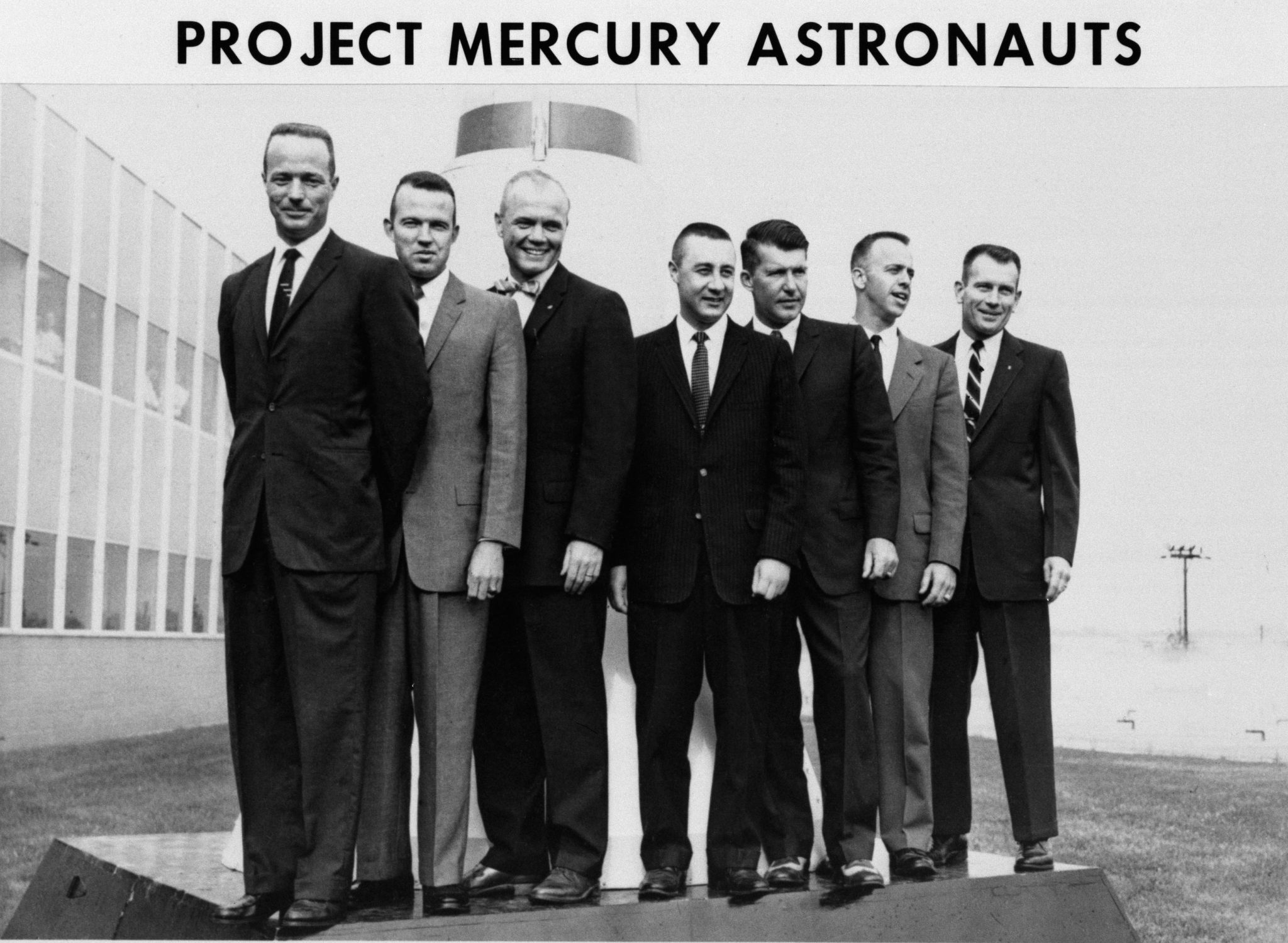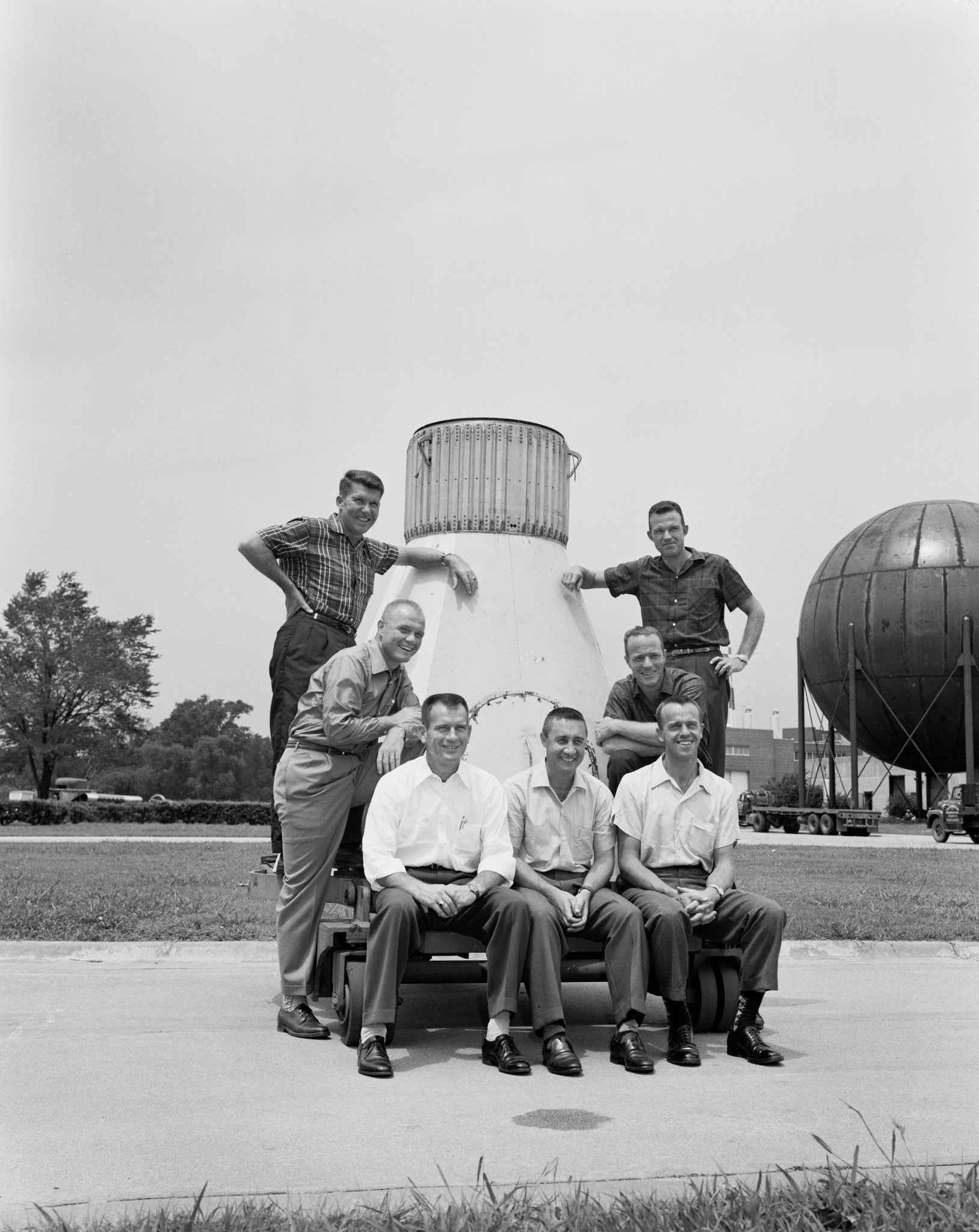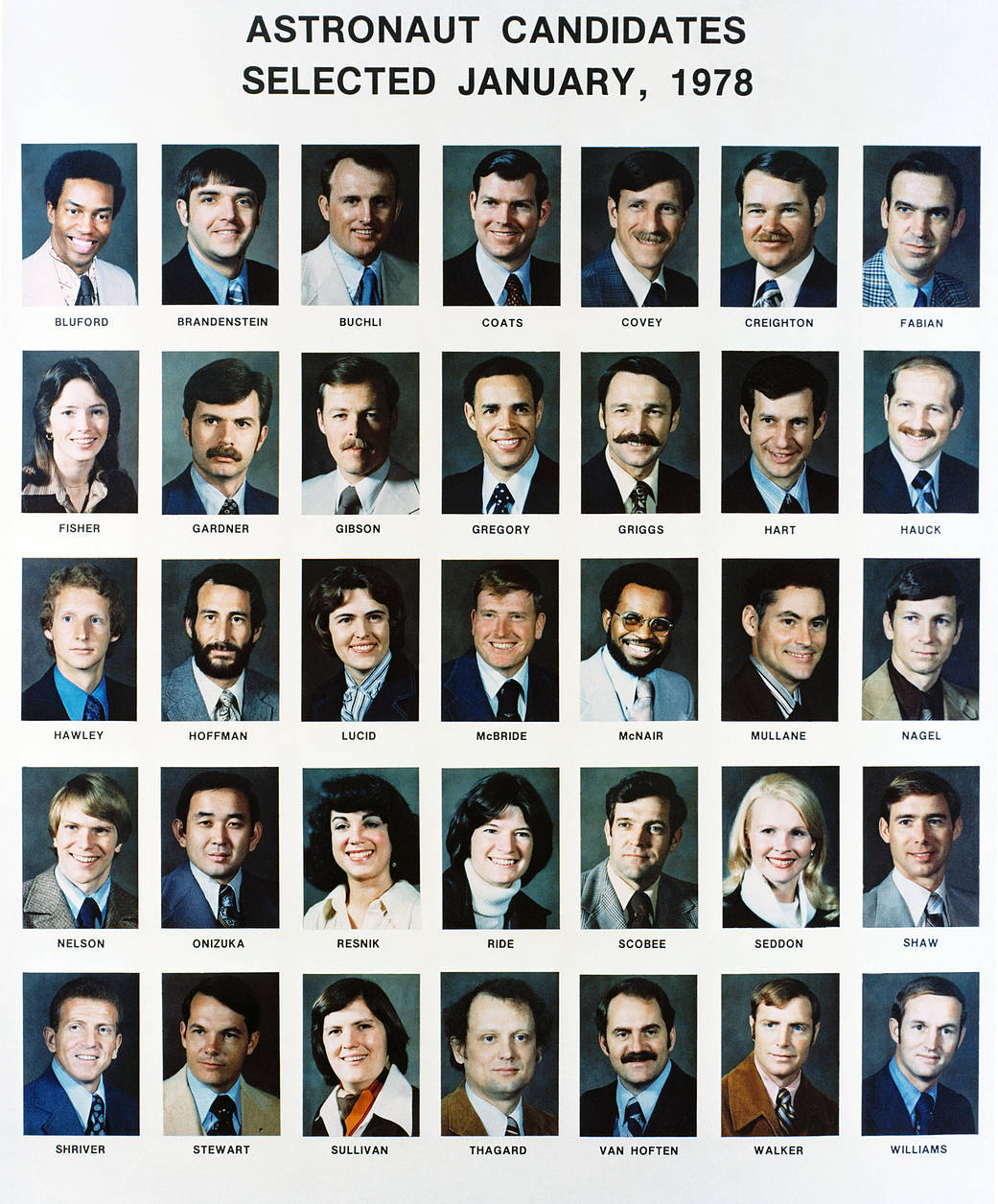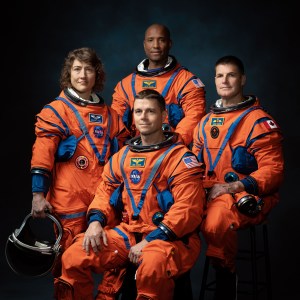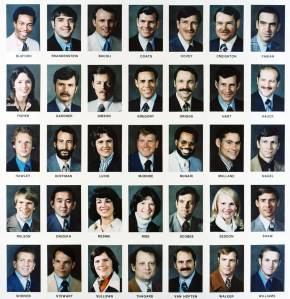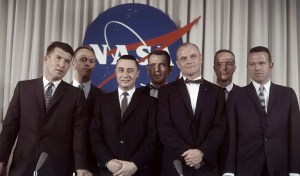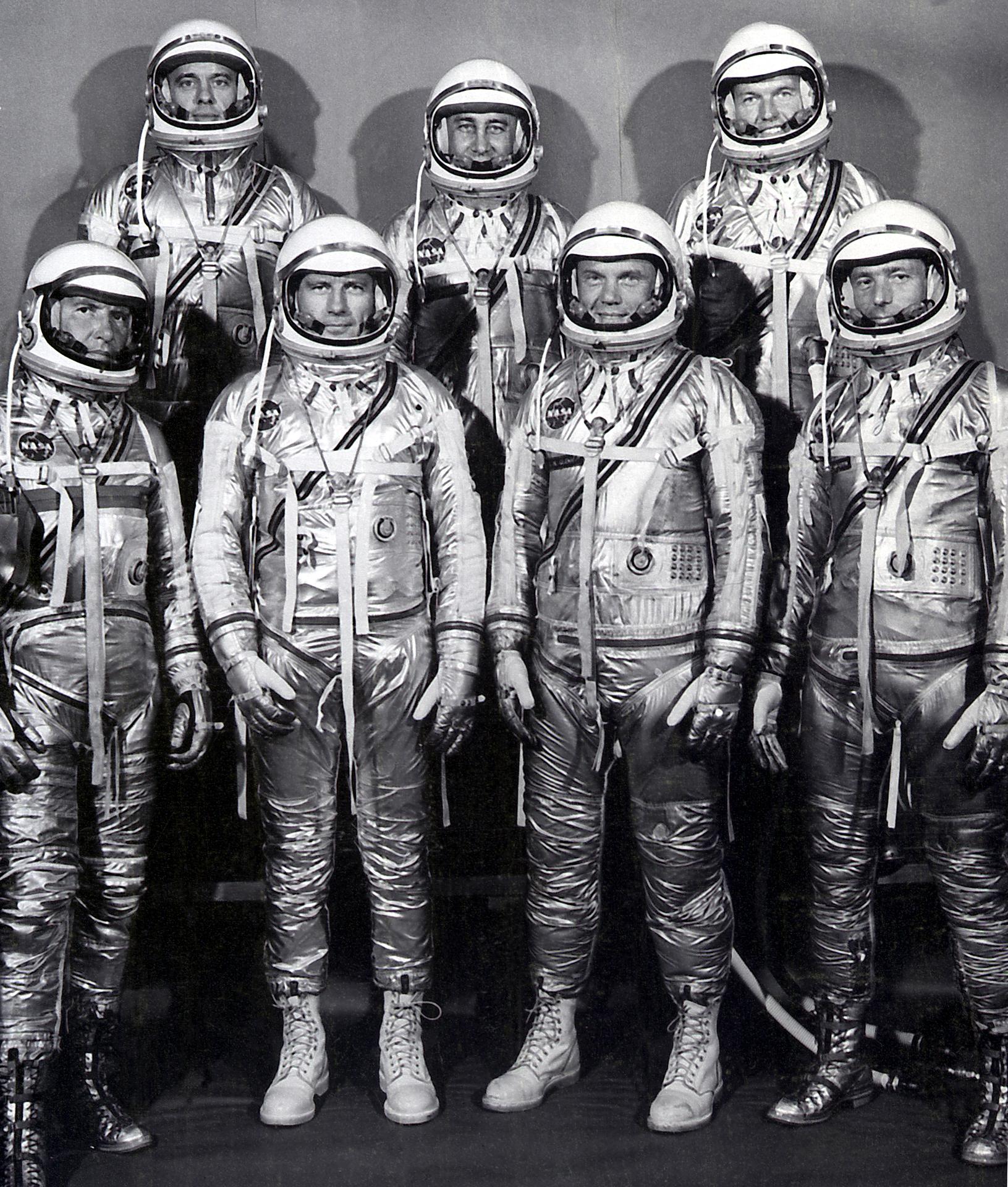The Mercury 7
On April 9, 1959, reporters and news media crammed into the ballroom of the Dolley Madison House in Washington—the location of NASA Headquarters at that time—to learn the names of the first American astronauts who came to be known as the Mercury 7. Public Information Director Walter Bonney kicked off the announcement by pointing to the seven men sitting on stage. “These are our astronaut volunteers,” he announced. “Take your pictures as you will, gentlemen.” One of those men on the dais, Deke Slayton, a test pilot from Edwards Air Force Base, recalled the pandemonium he witnessed. “I’ve never seen anything like it, before or since.” He described the event as, “a frenzy of light bulbs and questions…it was some kind of roar.” His colleague, Wally Schirra, a test pilot from Naval Air Station Patuxent River, called the media’s interest scary because he soon came to realize that their, “private lives were in jeopardy.”
I've never seen anything like it, before or since.
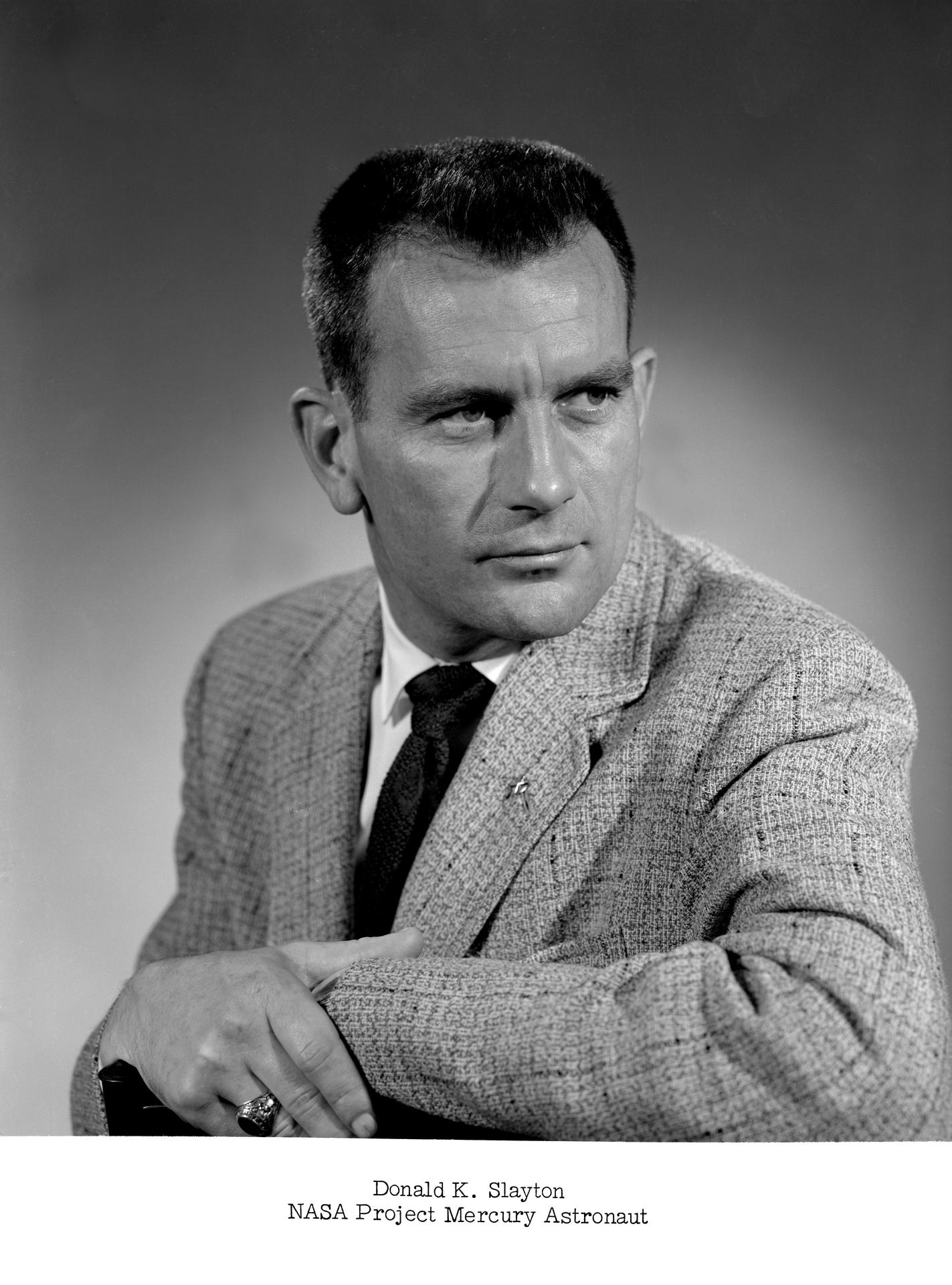
Deke Slayton
Former NASA Astronaut
The first class of astronauts were all test pilots: Scott Carpenter, Gordon Cooper, John Glenn, Gus Grissom, Wally Schirra, Alan Shepard, and Deke Slayton. The men, as the media reported, had similar backgrounds, education, and skills. Obvious connections also included their age and race: all were white men in their thirties. Every one of them was married, had children, and were Protestants. They even donned similar outfits that day: suits with white shirts and ties.
Throughout the sixties, NASA considered jet pilot experience an important skill for anyone in the astronaut corps. Even when NASA selected two groups of scientist-astronauts, one in 1965 and another in 1967, they too learned to fly high-speed aircraft. Those without military jet pilot experience attended a year-long course that the Air Force called Undergraduate Pilot Training, and once they completed the program, they became military-qualified jet pilots.
Adding Diversity to the Astronaut Corps
In the summer of 1976, NASA announced the space agency would be accepting applications for the first class of Space Shuttle astronauts, and encouraged women and minorities to apply. Almost 20 years after that first astronaut announcement, NASA included six women and four minority astronaut candidates in the 1978 class. Of the 35 selected, 15 were named pilots and 20 were mission specialists (scientists who would perform experiments in space and spacewalks). All the pilot astronauts named had similar backgrounds to the Mercury 7. Like their predecessors, they were white male test pilots with backgrounds in aviation, engineering, and science with one unique distinction: Frederick D. Gregory, an African American research test pilot from the NASA Langley Research Center in Virginia. It was not until 1990 that Eileen Collins, a graduate of U.S. Air Force Test Pilot School, became NASA’s first female pilot astronaut. Unlike the earlier scientist-astronauts, the mission specialists selected in 1978 and later classes did not have the opportunity to become military qualified jet pilots. They were required, however, to fly a certain number of hours per month in the back seat of a T-38, a jet trainer the pilot astronauts use to maintain their flight proficiency.
Even as NASA encouraged women and minorities to apply to be astronauts over the years, and more met the basic qualifications as they earned advanced degrees in engineering, medicine, and science, neither group was ever a majority of those selected as candidates. It was more than fifty years before women made up half of those selected in 2013; people of color have never been a majority of any class. Recent astronaut classes are more likely to reflect America’s diverse population, including the last group to be selected in 2021. This group, called the “Flies,” included several minority candidates and four women. (The class, which graduated in March 2024, also included two international astronauts from the United Arab Emirates, and all are now eligible for a flight assignment.) Flight experience continues to remain important, however. Of the ten Americans selected, four were test pilots. Another, Major Nichole Ayers, was a combat aviator from the United States Air Force.
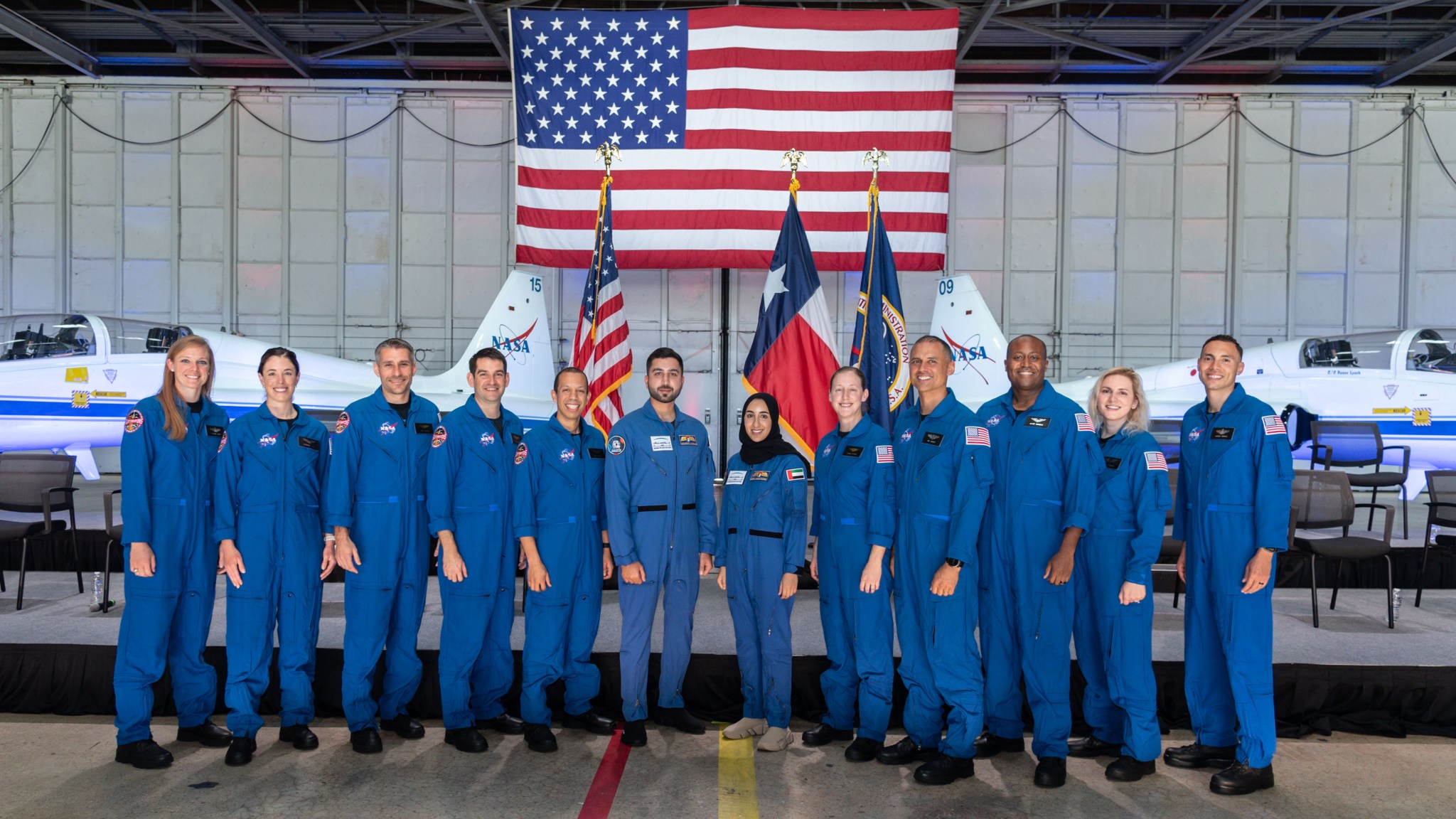
The Artemis II Crew
Almost 64 years to the day after the Mercury 7 announcement, NASA and CSA (Canadian Space Agency) revealed the names of the four astronauts assigned to the Artemis II mission. The flight will test and prove that the Orion spacecraft’s systems—including its life support, communication, and navigation systems—function as they were designed while a crew is aboard, ahead of future crewed missions to the Moon.
As NASA Administrator Bill Nelson introduced the crew, which included a woman, a person of color, and a Canadian national, he identified them as representatives of America’s creed: “E pluribus unum—out of many, one.” The four-member team included Commander Reid Wiseman, Pilot Victor Glover, and Mission Specialists Christina Koch and Jeremy Hansen. (Half of this crew came from the 2013 astronaut class, which was equally weighted between men and women.) Artemis II will be the first crewed mission to circle the Moon since Apollo. NASA’s Artemis Generation represents a distinct shift from the sixties—when white men from the United States of America landed on the Moon—and hopes to inspire and engage the next generation by demonstrating that space is for everyone, no matter their race or gender. This crew exemplifies the global coalition NASA has built and its commitment to include international partners as well as commercial partners in this grand adventure.
Like many who came before them, three of the four astronauts assigned to this historic mission are military-qualified jet pilots. Wiseman and Glover were both test pilots; Hansen flew as a fighter pilot for the Canadian Air Force. Test pilots regularly assess how new vehicles perform and have experience evaluating experimental aircraft. Astronauts with backgrounds as test pilots have traditionally been among those selected to fly new spacecraft for the first time. They have a strong understanding of the systems that they are monitoring, which helps them to identify and gather the type of data the space agency is seeking from this flight. The safety of future Artemis crews depends on this information.
While the Astronaut Office might look different from how it did in 1959, the decision to select test pilots for the first class of astronauts continues to influence and shape ideas about who is best suited to be an astronaut and fly in space. They are accustomed to working in a fast-paced environment and thrive under pressure. Bob Gilruth, the father of human spaceflight, called the decision to select test pilots to fly on Project Mercury in 1959, “one of the best decisions in the program. It made it quite simple and logical to delegate flight control and command functions to the pilot,” of the spacecraft. The importance of that decision continues to endure today.





























